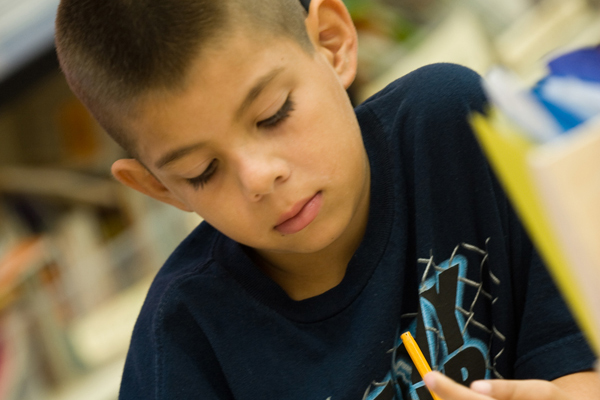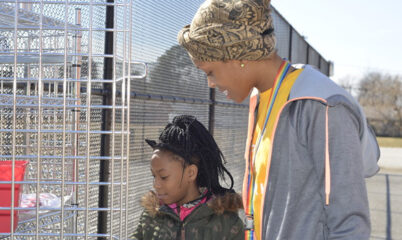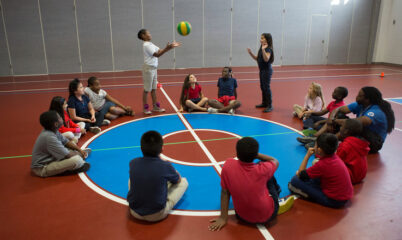Heading back to school means our kids also get back to homework. For most kids, homework begins the first day of school. So now’s the time to help your child set a healthy balance between work and play. Children need 60+ minutes of child-directed active play every day. You can help your child both complete her/his homework and enjoy play. Here are seven tips to get started:
Routine. Find a routine that works for your child and stick to it. Work on homework in the same place and at the same time daily so your child can complete her work efficiently and have sufficient time for play.
Understand your child. Every kid is different. If your child is exhausted right after school, it may not be the best time for homework. Instead, it might be best for them to go out and play immediately following school. On the other hand, your child may need to complete homework as soon as they return home so he can then put his whole head into playing once his work is complete.
A space to play and to work. Make sure your child has dedicated spaces for play and homework. Homework should be done in a well-lit space, with all necessary supplies (pencil, eraser, sharpener, etc.) nearby and a comfortable seat.
Healthy snack. Make sure your child drinks plenty of water and has a healthy snack each afternoon. Without necessary nutrients, it will be hard to focus on homework or play.
Screen time limits. It’s is too easy for screen time to drag on. Set a limit on screen time so your child has dedicated time for active play outdoors and homework. With a set limit, children know when to stop and move on to a different activity.
Time to read. Reading is typically a part of daily homework. Set aside time for your child to read each night. It could be sitting on a blanket in the yard immediately following school, plopping down in the kitchen while you prepare dinner, or 30 minutes of reading in bed before sleep.
Stay on top of homework assignments. Check in with your child (and child’s teacher) to better understand what is expected of him/her. If necessary, help your child by answering questions (not providing answers) and reviewing completed homework. If you have concerns about the amount or quality of your child’s work, speak with her/his teacher. Approach the teacher openly and ready to listen. Work together to determine a solution that is best for your child.
What do you do to help your child develop a safe homework/play balance?



